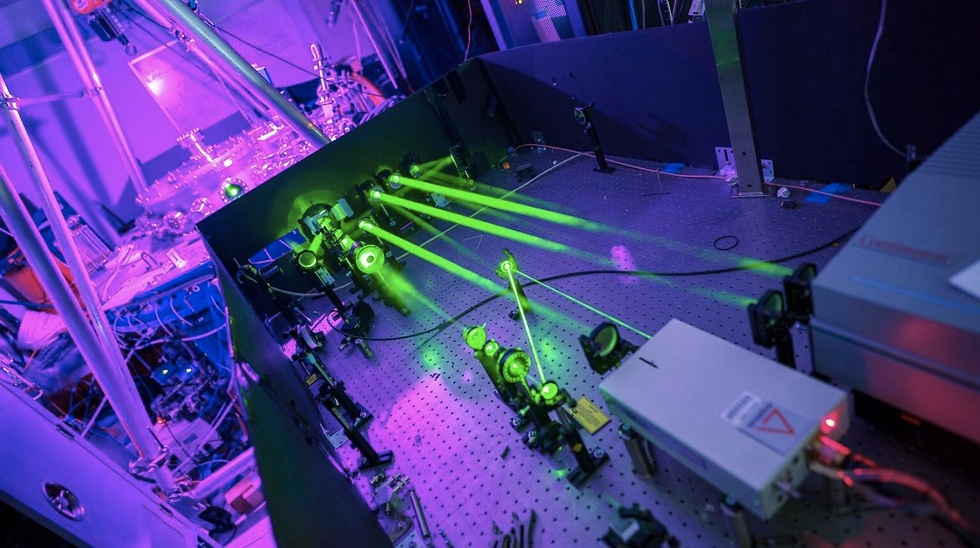Chinese Engineers Test 3D-Printed Turbojet Engine Offering New Power for Military Drones
- MM24 News Desk
- 31 minutes ago
- 2 min read

Engineers from the state-owned Aero Engine Corporation of China (AECC) have successfully completed the first flight test of a fully 3D-printed turbojet engine, powering a target drone to an altitude of 6 km and a speed of 925 km/h. The engine, with over 75 percent of its weight from printed parts, offers a new, rapid-production power source for the country's expanding fleet of military drones, reported CCTV.
The successful 30-minute flight marks a significant advancement in China's propulsion technology and additive manufacturing capabilities. The engine served as the sole propulsion system for a small, missile-shaped drone, which was launched from a ground rail and later recovered by parachute. Throughout the mission, the engine operated normally with no reported parameter abnormalities, confirming its reliability under real flight conditions.
A key breakthrough is the engine's construction. All of its rotor components were built using 3D printing, and printed parts constitute the majority of the engine's total weight. This approach has dramatically reduced the number of individual parts required, resulting in a lighter, more efficient engine that is simpler to manufacture and maintain. The engine produces about 160 kg of thrust, placing it in a class suitable for various unmanned platforms.
Mi Dong, a representative from the AECC research institute that developed the engine, emphasized the test's significance. He told CCTV that the flight validated the system's ability to operate reliably at higher altitudes and in more complex environments. “It can provide a new power option for platforms such as loitering munitions, unmanned aircraft and target drones, and has promising application prospects,” Mi Dong stated.
This achievement builds upon a captive-carry test conducted in July in Inner Mongolia, where the engine was carried aloft without being released. That initial test reached an altitude of 4 km and provided crucial data on performance in real flight conditions before proceeding to the more ambitious solo flight. The progression demonstrates a methodical testing approach to de-risking the new technology.
While global aerospace giants like General Electric and Rolls-Royce have used 3D printing for specific components for years, and hobbyists have built small demonstration engines, publicly reported examples of fully 3D-printed engines powering high-speed drone flights remain rare. China's test places it at the forefront of applying this manufacturing technique to operational propulsion systems for unmanned vehicles.
Looking ahead, the research team plans to conduct more demanding flight tests to evaluate the engine's performance in harsher environments and on a wider range of drone platforms. Mi Dong also highlighted that a key priority is refining the manufacturing process to prepare for larger-scale production, aiming to quickly transition the technology “from a technical success to a product success.”



Comments